Deck & Commander Strategies
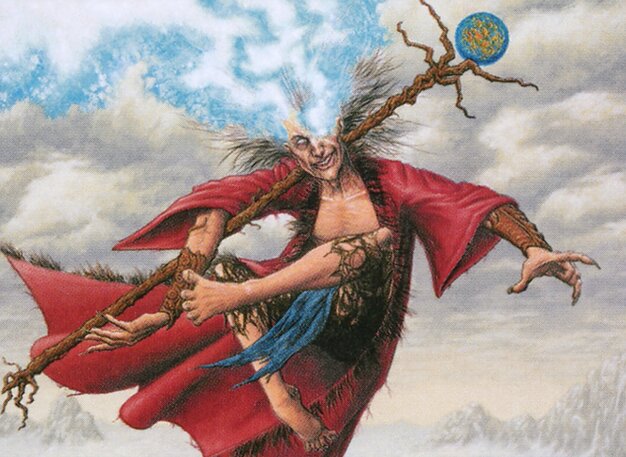
Zur the Enchanter
Focuses on casting enchantments to generate value, create tokens, and maintain board presence. The deck relies on enchantment synergy and uses Zur’s ability to cheat powerful enchantments into play.
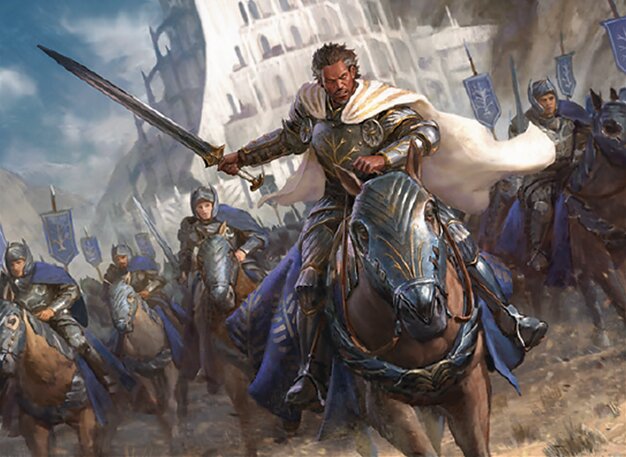
Aragorn, the Uniter
Multicolor spells matter deck that triggers Aragorn’s combat abilities repeatedly. It ramps mana quickly and uses equipment and creatures to create a formidable attacking force.

Maarika, Brutal Gladiator
A graveyard-centric deck that leverages companions and cost reductions to cast spells efficiently. It focuses on aggressive creature play and utilizing the graveyard for value.

Tasigur, the Golden Fang
Uses delve to cast spells cheaply, control the board through graveyard recursion and discard, and maintain card advantage while disrupting opponents.
Gameplay Insights
- 1
The combination of the Chromatic Lantern emblem and Fire Cell’s cost reduction created explosive mana acceleration, enabling players to cast spells ahead of curve and maintain strong board presence early.
- 2
Aragorn’s ability to trigger on multicolor spells combined with equipment like Basilisk Collar created a powerful combat threat that forced opponents to adjust their attack and block choices politically.
- 3
Post the Enchanter’s token generation and enchantment synergy provided a steady stream of blockers and attackers, allowing the deck to stay relevant even without high-impact creatures.
- 4
Players used political maneuvering to manage Aragorn’s aggressive threats, choosing when to absorb damage or redirect attacks to mitigate lethal swings.
- 5
The use of extort and lifelink effects helped stabilize life totals amidst the aggressive combat, influencing players’ decisions on when to attack or hold back.
Notable Cards
-
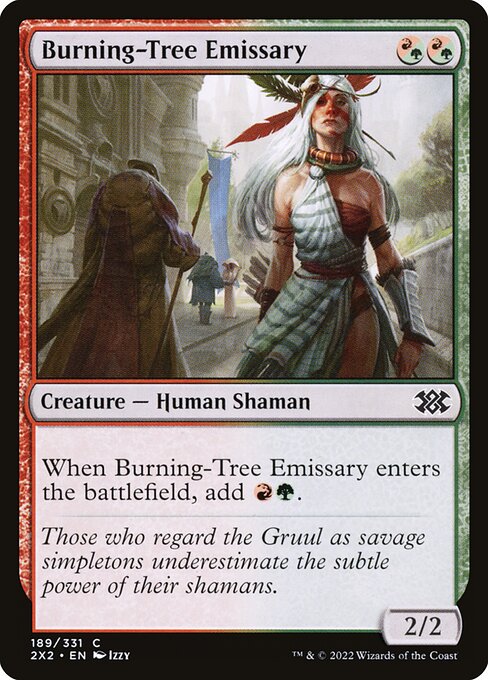
Burning-Tree Emissary
-

Oracle of Mul Daya
-
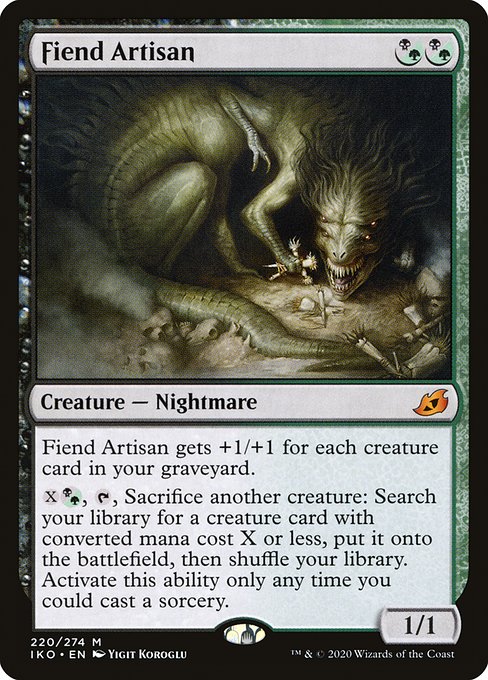
Fiend Artisan
-
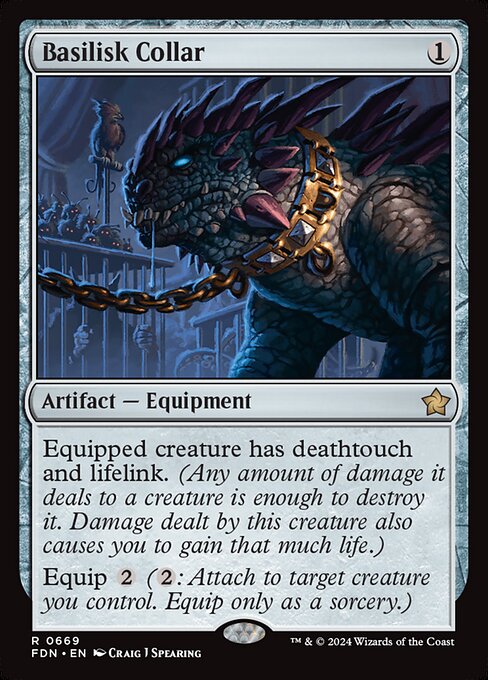
Basilisk Collar
-
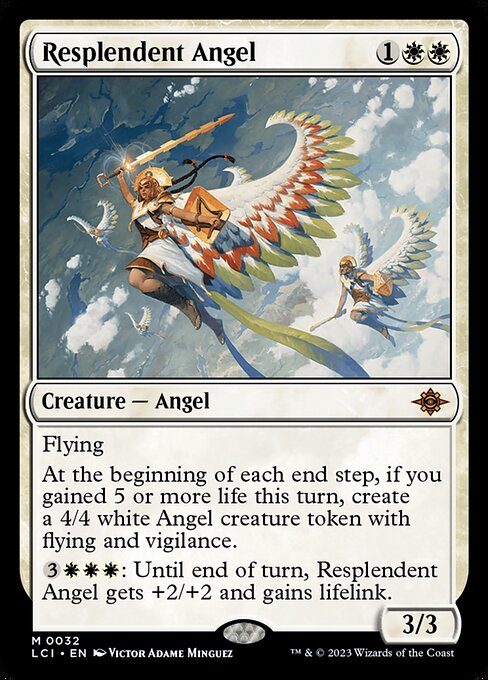
Resplendent Angel
-
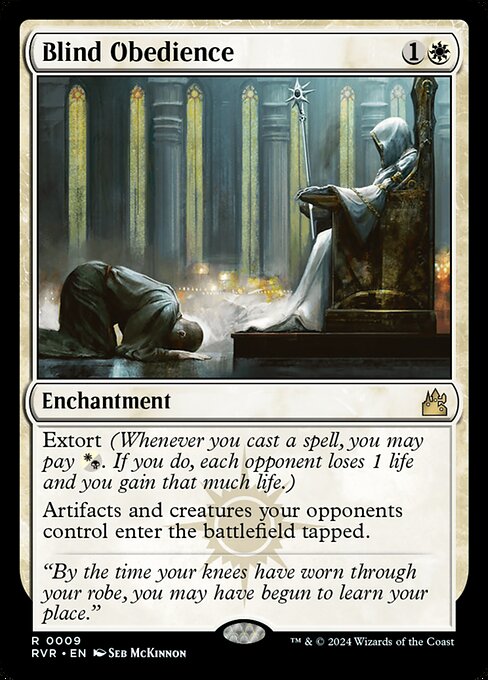
Blind Obedience
-
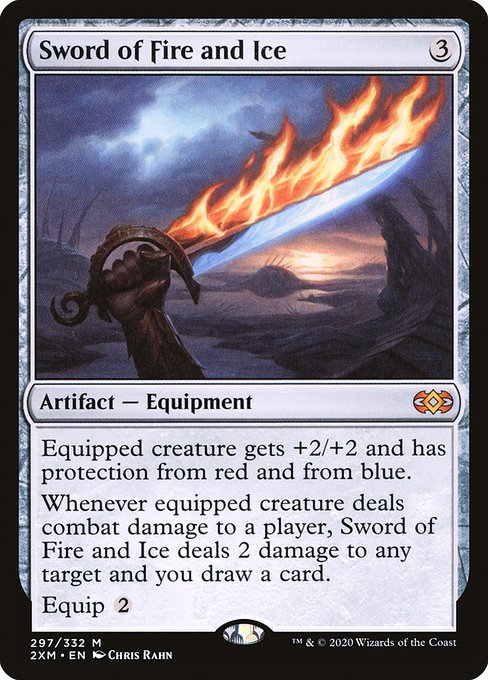
Sword of Fire and Ice
Gameplay Summary
The game featured a highly interactive and synergistic environment, enhanced by the MOX Lantern and Fire Cell effects that granted all players a Chromatic Lantern emblem and reduced spell costs by one colorless mana.
The Zur the Enchanter player focused on establishing enchantment value and token generation, relying heavily on their commander.
Aragorn, the Uniter capitalized on multicolor spells to trigger powerful combat effects, quickly ramping mana and deploying impactful creatures to maintain board presence.
Maarika, Brutal Gladiator utilized a graveyard-centric strategy with cost reductions from a companion to gain value and apply pressure, while Tasigur, the Golden Fang used delve and graveyard recursion to maintain card advantage and control the board with discard and removal spells. Early turns saw players ramping and casting key creatures such as Burning Tree Emissary, Oracle of Mul Daya, and Fiend Artisan, while discounts and emblem effects accelerated their development.
Aragorn's aggressive multicolor strategy emerged as a major threat, especially when combined with equipment like Basilisk Collar, granting trample and deathtouch to a large creature, creating lethal combat scenarios.
Post the Enchanter steadily built a token army and enchantment synergy, while Tasigur used delve effectively to manage threats.
The game turned chaotic as players began attacking strategically to avoid Aragorn's lethal output, with political considerations influencing attack targets.
The presence of extort effects, lifelink, and combat triggers continually shifted life totals and board states, setting up for a tense midgame where board control and resource management were key.





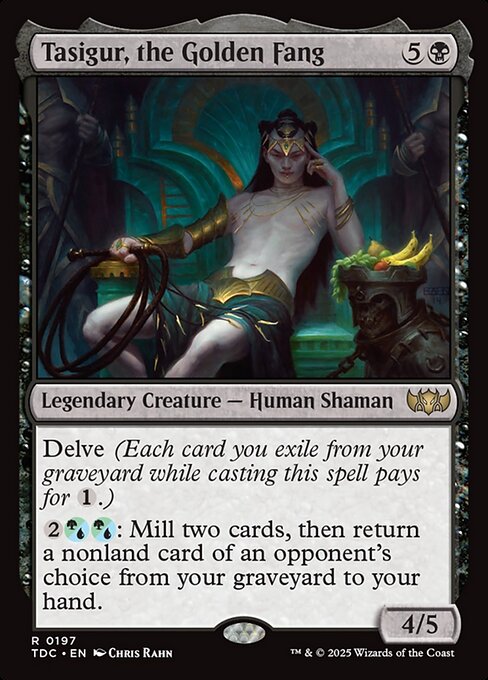



















![Commander VS S14E6: Depala vs Zur vs Tasigur vs Jeleva [EDH] thumbnail](https://i.ytimg.com/vi/5ukCL9oaRww/sddefault.jpg)




![Commander VS S7E1: Dune-Brood vs Ulasht vs King Macar vs Tasigur [MTG] thumbnail](https://i.ytimg.com/vi/Pgz8174J9dw/sddefault.jpg)
![Commander VS S5E1: Liliana vs Tasigur vs Kangee vs The Mimeoplasm [MTG Multiplayer] thumbnail](https://i.ytimg.com/vi/u35l-cgkQEY/sddefault.jpg)








